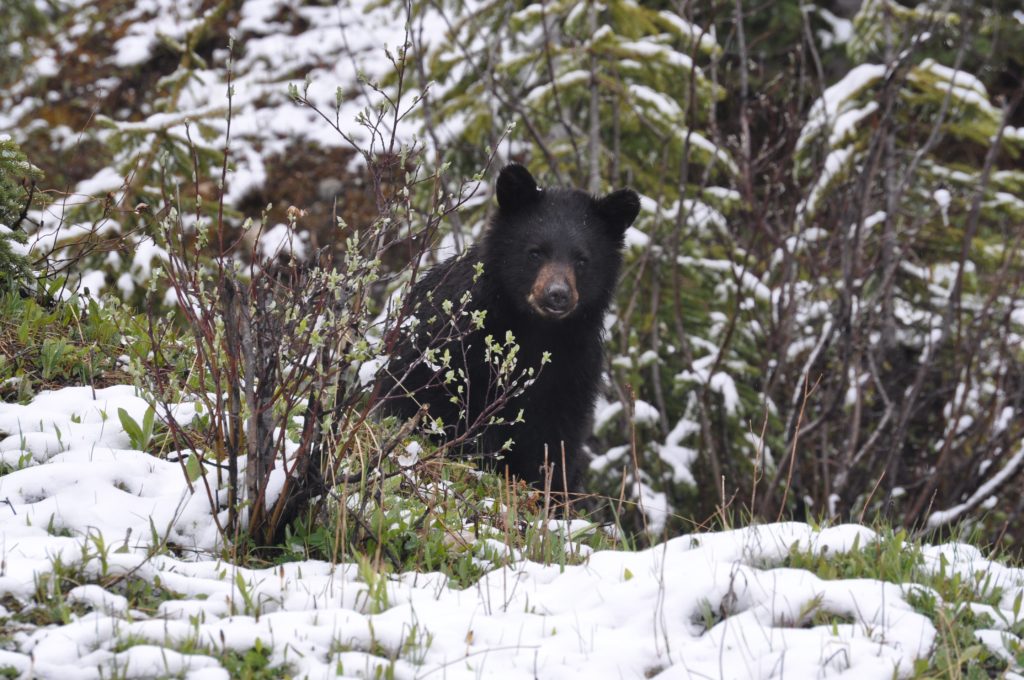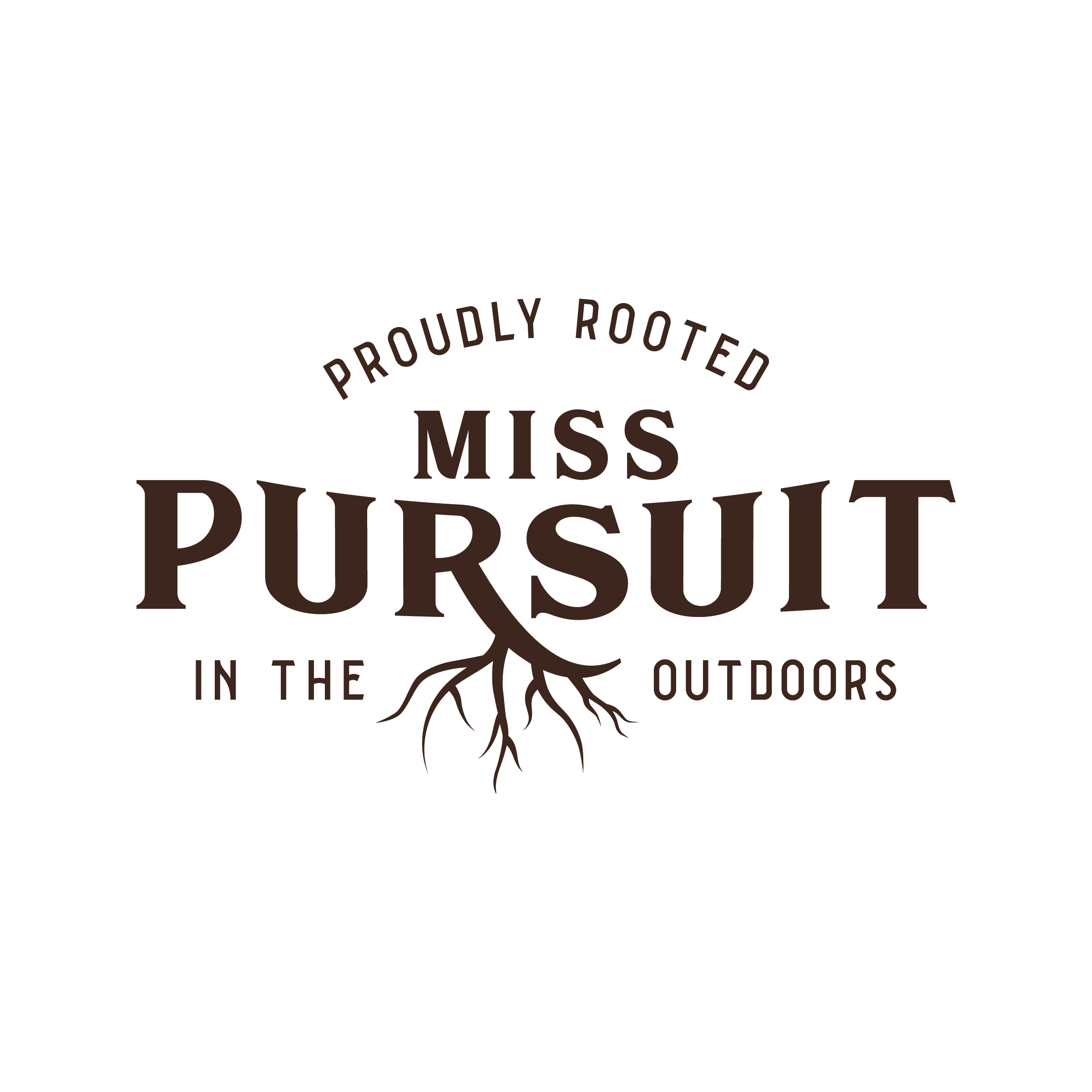What is Bear Hunting with Dogs and Why is it Popular?
Bear hunting with dogs has become a popular activity among hunters in recent years. It is an exciting and challenging way of hunting that requires skill, patience, and teamwork. It involves the use of trained dogs to track and corner bears, which are then sent off by the hunter. This method of hunting has been around for centuries. It is still widely used today as a means to control bear populations in certain areas.
In this article, we will explore what bear hunting with dogs entails, why it is popular, and what safety measures should be taken when engaging in this activity.
History of Bear Hunting with Dogs
Bear hunting with dogs has been a popular sport for centuries. It is thought to have originated in ancient times when people used packs of dogs to hunt large game animals. Over the years, bear hunting with dogs has evolved into a more organized and regulated activity, where specially trained and bred dogs are used to track and tree bears. The history of bear hunting with dogs is full of fascinating stories and tales of daring feats that have been passed down through generations.

From the earliest days when people first began using canines for their hunting needs, to the modern day where bear hunters use sophisticated tracking methods and specialized breeds of hounds, this sport has come a long way. In the early days of bear hunting, the hunters used to use their dogs on foot to chase bears. If a hunter used a dog for bear hunting, he would have to be able to keep up with his companion and control its movements by having it jump or crawl through obstructions such as briers and branches. For this process to work, the dogs had to be intelligent enough so they could understand what was wanted of them.
There were also some instances when the hunters would employ packs of foxhounds.
How Fast Can a Black Bear Run? The Surprising Answer
Tips for Preparing for a Successful Bear Hunt
Bears are a unique big game animal due to the many ways they can be utilized. From their fat to their meat, very little should go to waste, making them a highly valuable and unique game. Bear hunting can be an exhilarating experience, but it also requires a lot of preparation. To ensure a successful hunt, you must take the necessary steps to properly prepare before heading out.
Here are some tips to help you get ready for your bear hunt and make the most of your experience. Your main responsibility is the safety of the hounds, so the hunt is over when the last dog is back in the truck. A day with them could be anything from a nice leisurely walk through the hardwoods or it could be an all-day walk through swamps, and up hills all while battling the unruly mosquitos, black flies, and deer flies. The uncertainty of how the day will go is what makes this type of hunt even more thrilling.
From choosing the right gear and scouting the area to understanding bear behavior and safety precautions, these tips will help you set yourself up for success on your next bear hunt.
- Choose the Right Permit/License: The rules governing bear hunting vary by state, so you must decide which permit options are available to you. No matter your state, there are several ways to hunt bears – including a limited number of permits that allow for hunting with hounds and bowhunting. Hunters should speak with their local offices to find out what permit options are available in their area and plan accordingly. In some cases, permits are also offered as a lottery system, so hunters can make sure they apply for every application period if they want a chance at success.
- Scout Before the Season: When out scouting, you should look for signs bears have been in the area. Look for tracks, scat, holes dug in the ground, rotten tree stumps, tracks, and flipped-over rocks.
- Think About Their Location: Look for apple orchards, dead livestock/gut piles, berry patches, or salmon streams.
How to Locate and Track Bears During the Hunt
Knowing how to locate and track bears is essential for successful bear hunting. Fortunately, there are several tools available that can help you do this. From specialized tracking devices to GPS-enabled apps, you have access to the resources necessary to find and follow your bear. With the right techniques and know-how, you can become an expert bear hunter in no time!
Download Now: Beginner's Guide to Cooking Bear Meat
The first step in tracking bears is knowing where to look. You can start by using a tracker or you can use the technology at your fingertips with an app.
Safety Tips & Guidelines When Hunting Bears With Dogs
Of course, safety when hunting bears (especially without dogs) is the most important factor. Always be avoiding dangerous situations. Preparing for an unwelcomed bear encounter can be deadly. Bring bear spray and a pistol (depending on the time of year). You can even order a bear spray training kit to help you before you enter the field.
